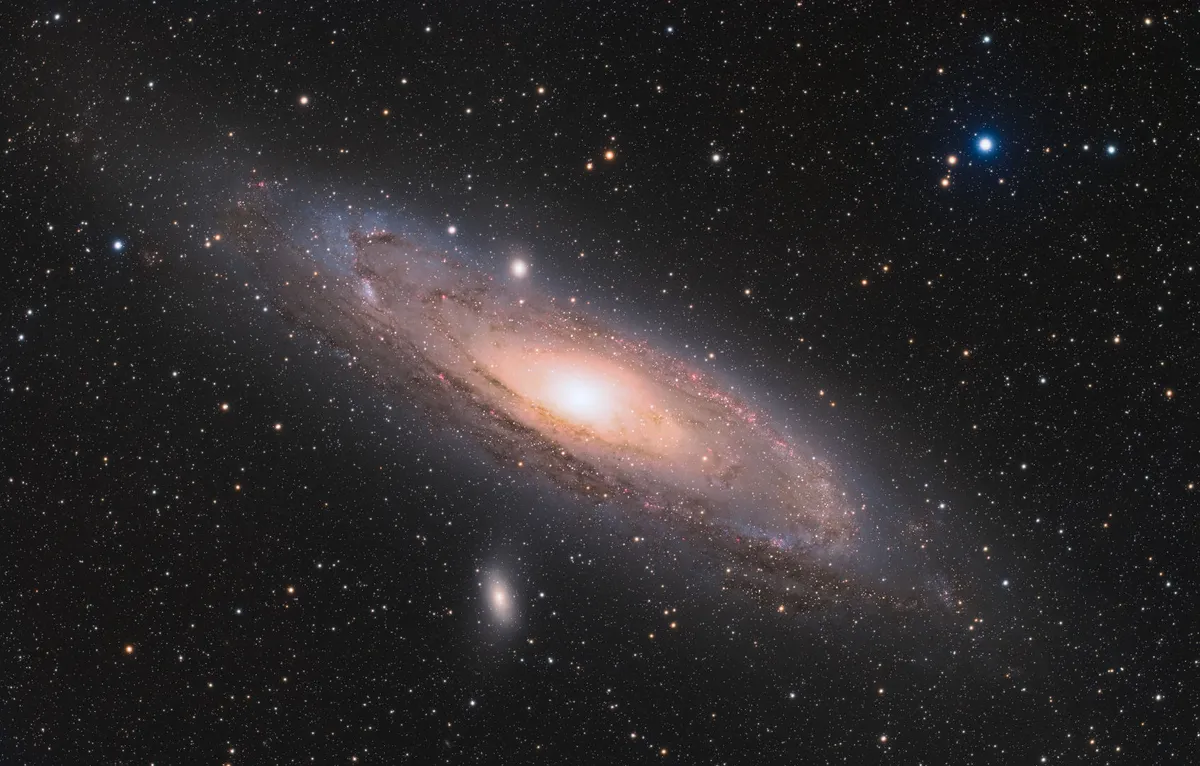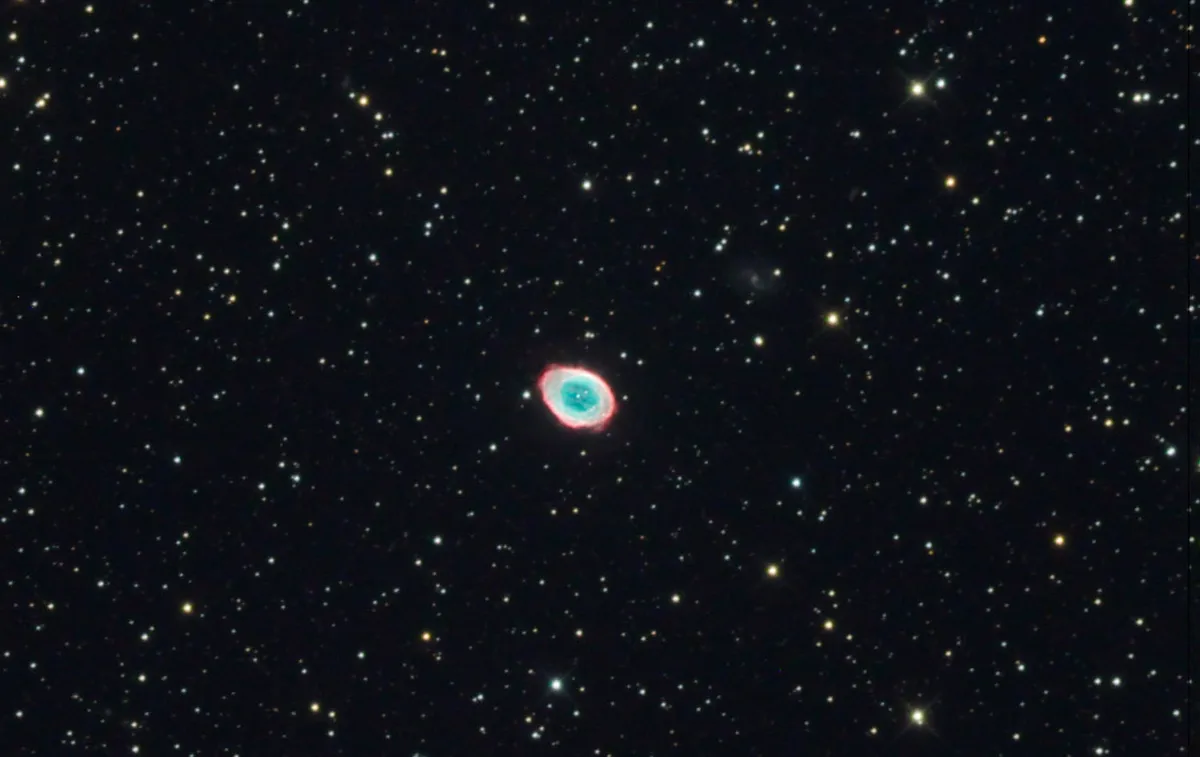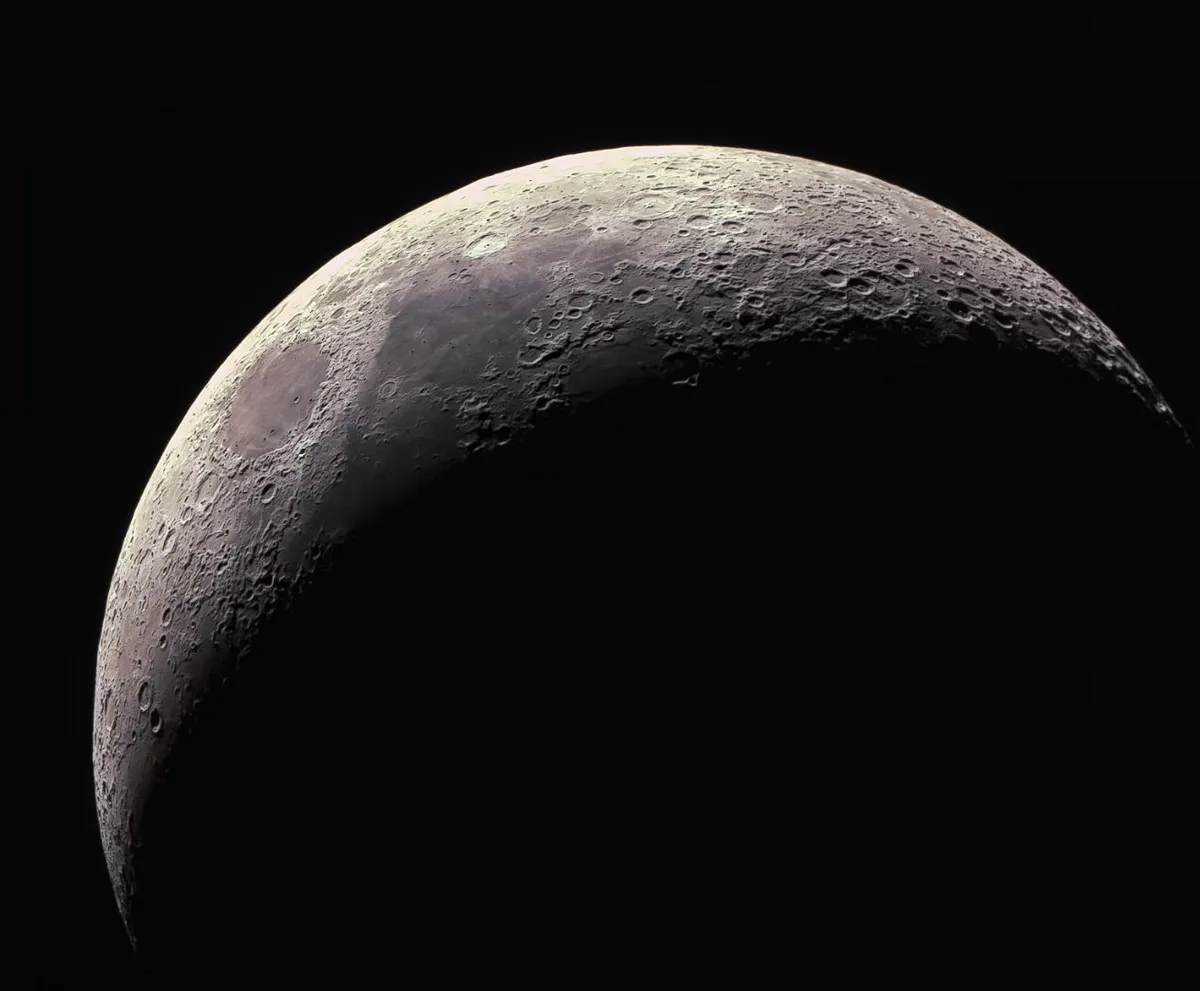Looking to the stars stirs wonder, curiosity, and romanticism. Poets, writers and painters have drawn inspiration from the starry sky for centuries and February is the most romantic month in the calendar, for obvious reasons.
Valentine’s Day is on 14 February and if you are planning on treating your loved one to something special, why not introduce some valentine-themed stargazing into the mix?
You can impress them with by showing them some beautiful night-sky sights without needing to use a telescope or any fancy equipment.
Add a dose of romantic mythology into the mix and you've got yourself a magical - and budget friendly - Valentine's evening.
And if you really want to sweep them off their feet, there are some truly lovely targets that can be seen through a telescope.
You might like to finish the evening off by bringing out a slice of our Heart Nebula cheesecake.
Here are five stargazing ideas for this Valentine's Day.
What's in the night sky on Valentine's Day
Romance in the Stars

After 8pm, look to the north-west and almost over-head you will find the constellation Cassiopeia, which appears as a ‘W’ shaped pattern of stars in the sky.
Star-hop from Cassiopeia to find the constellations Andromeda, Perseus, and Cetus. You can use a star chart or a smartphone astronomy app to help.

These four constellations tell a story of love, jealousy and betrayal. Cassiopeia was a mythical queen who was married to Cepheus and had a daughter, Andromeda.
Unwisely, vain Cassiopeia boasted that she was more beautiful than the Nereids (sea nymphs), which angered them.
When they asked Poseidon to punish Cassiopeia, he sent Cetus, a fearsome sea monster, to ravage the coast of the Kingdom.

To pacify Poseidon, Cepheus was willing to sacrifice Andromeda to the beast, and chain her to the rocks to be killed.
Perseus, a charming prince riding the beautiful winged horse, Pegasus, rescued her. They fell in love and married.
Observe a distant galaxy with the naked eye

The Andromeda Galaxy is the most distant object we can see with the naked eye, but using a small pair of binoculars (10x50) will bring out its central region and make it appear brighter.
Best viewed from a dark-sky spot, the oval looking galaxy can be found by star-hopping from Cassiopeia to Andromeda.

The star Schedar in Cassiopeia will point the way to the Andromeda Galaxy, which lies an amazing 2.5 million light-years away.
For more help, read our guide on how to see the Andromeda Galaxy.
See the night sky's heart and soul

Located in the Perseus spiral arm of the Milky Way in the constellation of Cassiopeia, the Heart Nebula is an emission nebula 7,500 lightyears from Earth.
Eastwards lies the Soul Nebula, making them the perfect romantic pair.
At around absolute magnitude 6.5, these star forming regions are quite bright, but are best seen through a medium sized telescope.
Show them a celestial ring

Planning to propose this Valentine's Day? Why not pre-empt your engagement ring with a cosmic ring?
You will need to stay up late if you want to show your loved one this planetary nebula, located in the constellation of Lyra.
Scraping the horizon at midnight, the Ring Nebula is best viewed around 2-3am and is visible through a small to medium telescope.
Find Vega, the brightest star in Lyra. The nebula lies around half-way between Gamma and Beta Lyrae.
Marvel at our planet's close companion

Few things are more romantic - or easy to see - than a bright, full Moon.
But if you're new to stargazing, it's worth remembering that a partially-lit Moon can be much more interesting.
The line between the lit and unlit side of the Moon is known as the terminator, and this is where the play between shadows and sunlight can reveal amazing clair obscur effects like the Lunar X and V.
Of course, the phases of the Moon will be different each Valentine's Day, so use a website like Time & Date to find out what the Moon will be doing this year.
Then, consult our guides on how to observe the Moon, the Moon's best features and the lunar maria to prepare for a night of romantic Moon-watching.
If you know what the phase of the Moon will be on your chosen night, you can also look at our targeted guides on the full Moon, crescent Moon, quarter Moon and gibbous Moon.
